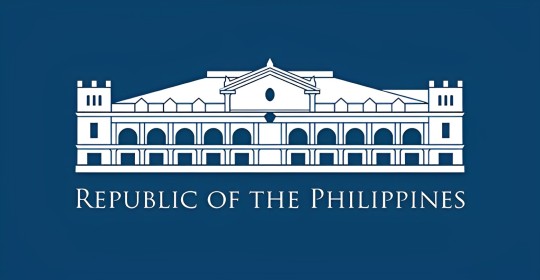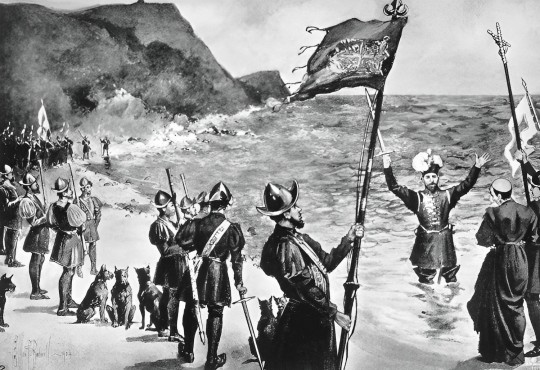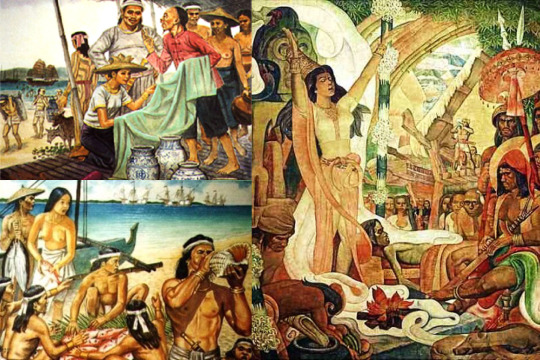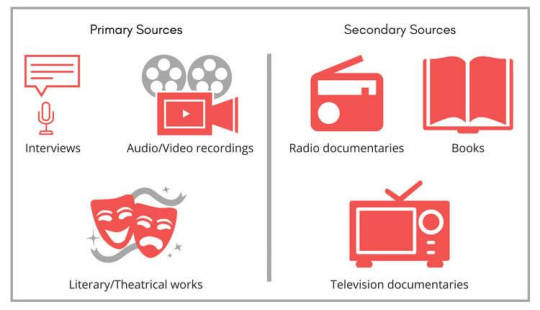Text
Difference between De facto v De jure Government

Journey #5
At first, it was really a mystery for me the terms de jure and de facto De facto government simply means a government of fact. As what I have researched and studied, a de facto government signifies one completely, through only temporarily, established in the place of the lawful government. So, I interpreted de facto as a government that just happened and did not require by the law. It has a literal meaning of “a thing actually done” or “by the fact”.
According to my source of information, de facto government is the type of the government that maintains itself by a display of force against the will of the rightful legal government. For Wortham Walker, in his Black’s Law Dictionary, he defined de facto as a successful government, at least temporarily, in overturning the institutions of the rightful legal government by setting up its own in lieu thereof. In my own understanding, this kind of government actually exercising power and control that is opposing the true and lawful government. It can also be a government that is not established according to the constitution of the nation and therefore it is not lawfully entitle to recognition or supremacy. The example of a de facto government is The Second Republic of the Philippines when former President Jose P. Laurel was elected since it was established by the Japanese belligerents.
De jure government, on the other hand as it is verbatim defined, is one deemed lawful which is established legitimately. As what I have comprehended, a de jure government is a legal or legitimate government of a nation and, unlike de facto government, it is recognized by other countries.
De jure has a literal meaning of “concerning law” which is definitely the opposite of de facto. It is the condition of the government wherein there has been a total compliance with all the requirements of law that was legitimate and lawful, by right and just title in forming the government. The concrete example of a de jure government is the time when former President Corazon Aquino was elected as the new president in a decision rendered bub the Supreme Court. It was also accepted by the people and the other nation have recognized its legitimacy.
References:
https://www.studocu.com/ph/document/ama-computer-university/readings-in-philippine-history/i-aguinaldos-government-de-jure-or-de-facto/17721451
0 notes
Text
How were the Aquinos able to keep their large track of land of more than 7 hectares?

Journey #4
Making use of the "bogus" Agrarian Reform Law
Virgilio delos Reyes, the Secretary of Agrarian Reform, admitted that the DAR's list was based on the HLI management's list of 6,296 people, the MOA list from 1989, and other documents with probative value. According to the Kilusang Magbubukid ng Pilipinas (KMP), even the stable staff of the Australia-bred horses owned by the Cojuangcos was named among the recipients but genuine farm workers were removed from the list.
Additionally, farmers must pay amortization payments and landlords must be compensated "fairly," according to CARP. Farmers Undertaking and Application to Purchase (Apfu) forms have to be signed by farmworker-beneficiaries in order to get land allocation certificates (LAC). According to a previous press release from DAR, "the farmer-beneficiaries' willingness to comply with his/her obligation under the Comprehensive Agrarian Reform Program, which is to (a) cultivate the farm lots assigned to them, (b) pay the amortization based on the lands' assessed value as well as the real estate taxes, and (c) desist from engaging in prohibited acts, manifests in the signing of the undertaking."
2. Refusing to respect collective ownership
The Alyansa ng Manggagawang Bukid sa Asyenda Luisita (Ambala) has been up front with the DAR about the farmworker beneficiaries' desire for community ownership. The farmers' association has developed a system for distributing agricultural lots to farmworker beneficiaries since commencing its bungkalan (tillage) campaign in 2005.
3. Reducing the size of land for distribution
The first step is the land survey. According to the high court's ruling on July 5, 2011, there should be 4,915.75 hectares total available for allocation. The DAR calculated the overall land area to be just 4,099 hectares after omitting residential areas, canals, roads, firebreaks, a cemetery, buffer zones, lagoons, fishponds, degraded areas, and legal easements. In its petition to the high court, Ambala argued that the stock distribution option (SDO) program had already exempted the aforementioned areas such as residential, canals, roads, firebreaks, a cemetery, buffer zones, lagoons, fishponds, eroded areas, and legal easements from the Comprehensive Agrarian Reform Law in 1989. It shouldn't be taken away from the lands that are available for distribution again.
References:
Olea, R. V. (2013, December 23). 5 ways Cojuangco-Aquinos evade land distribution in Luisita. Retrieved from
benign0. (2011, November 7). Facts Filipinos never wanted to know about the Aquinos and Cojuangcos. Retrieved from
0 notes
Text

Journey #3
The subjective view of "fair" version of the Spaniards does not coincide with the fair views of the Filipinos as it is evident how the lives of other Filipinos became bad. Examples are the slavery and being treated and called as "Indios" which means stupid by the Spaniards where in fact Filipinos are not stupid, we are still learning and they are just advanced. Even before they came here to our country we have our own ways of living.
I do not think it is very beneficial to be under Spain or be colonized again because the possibility of living under their ways and culture will blur out our own. In addition, Philippines have more potential leaders that could lead the country well so it is unnecessary to be under the colonization of Spain during those times.
0 notes
Text
Is the Philippines patriarchal during the pre-Hispanic period or not?

Journey #2
I spent hours of finding proof if my country which is the Philippines patriarchal during the pre-Hispanic Era or not. At first, I would say yes. Because based on my understanding, the leaders during those times were all men such as the Datu. But upon reading on our modules some articles online, I realized that the community structure of pre-Hispanic Philippine society could neither be described as a patriarchy nor a matriarchy.
Prior to the arrival of the Spaniards, the Philippines was composed of villages called “barangays” and each barangay was ruled by a Datu, Rajah, and Sultan or Hadji. He governed his territories, led his soldiers to war, commanded his armadas at seas, protected his villages from enemies, and settled disputes among his people. One could be a datu chiefly by inheritance, wisdom, wealth, or physical prowess. Known leaders during those times includes Lapu Lapu, Rajah Humabon, and, Rajah Sulayman. Clearly, the datu was perceived to be very powerful. However, this power was equally matched by the babaylan.
Before the Spanish colonized the Philippines, there existed a 500-year long tradition of indigenous feminism that was called Babaylan. They referred to female mystical healers whose spiritual connectedness was a source of political and social power. Babaylan women act as an intermediary between the spiritual and material worlds between the community. Their leadership roles includes warrior, healer, priestess, sage, and advisers of the Datu.
In conclusion, the Philippines during the pre-Hispanic period is neither be described as a patriarchy nor a matriarchy since during those times, women were regarded as equals to men. The Babaylan was one such evidence of the powerful and central role that women played in society at that time. That social order came to an end when the Spaniards arrived.
References:
Pre-Colonial Philippines’ Longstanding Tradition Of Women Leadership And Mysticism. (2016, March 3). Retrieved from
Limos, M. (2019, March 18). The Fall of the Babaylan. Retrieved from
Abinales, Patricio and Amoroso, Donna. (2005). State and Society in the Philippines. Lanham, Maryland: Rowman & Littlefield Publishers, Inc.
Scott, William Henry. (1994). Barangay: Sixteenth-Century Philippine Culture and Society. Manila: Ateneo de Manila University Press
4 notes
·
View notes
Text
Primary and Secondary Sources

Journey #1:
Sources are important on our daily basis. They are most commonly used when talking to someone, writing papers, assignments, and in other forms. Last Wednesday, we tackled what primary and secondary sources are, how we can distinguish these two, and their importance. By listening to my instructor and classmates' explanations, I have been enlightened and learned something.
Based on my understanding, a primary source is a “first hand” item. It enables the person to get as close as possible to what actually happened during a historical event or time period. Examples include journals, diaries, interviews, autobiographies, and sound recordings.
When we talk about secondary source, it is a “second hand” item and is something written about a primary source. The author of a secondary source will have studied the primary sources of a historical period or event. Examples can be articles in newspapers, magazines, books, and documentaries.
Knowing and learning this topic is very essential, especially in today’s time, because people have forgotten how to identify truth and let their irrational sides strike. By learning, people would assess the correctness of the information in order to avoid fake news. This would also prevent people from being plagiarized since they will know who the sources are, especially in doing research papers or other forms of writing, and many more scenarios.
Additionally, the cultures of some of the Filipino tribes were also brought by our teacher where I enjoyed listening to. It was so fascinating and interesting to learn how they were able to preserve their history through a chant.
2 notes
·
View notes